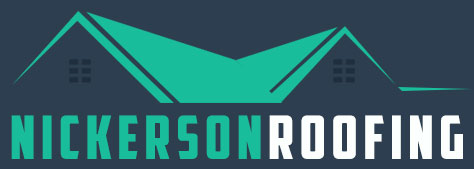If you live in a snowy area of the country, ice dams are a fact of life. What is an ice dam? An ice dam is a ridge of ice that forms at the edge of a roof, typically at the gutters or soffit, and prevents melting snow from draining off. Water will back up behind the dam and start leaking into the home. This can lead to damaged walls, ceilings, insulation and other areas. When moisture gets into your home it can lead to the growth of mold and mildew that can cause respiratory problems. Ice dams can also lift shingles and cause structural damage.
How Do Ice Dams Form?
A combination of the amount of snow cover, heat loss from a house and the temperatures outside will cause an ice dam to form. The perfect combination is snow on the roof, with higher areas of the roof’s surface above 32 degrees F and lower surfaces below 32 degrees F. As the water on the higher areas of the roof starts to melt it will flow down and reach the areas that are below 32 and freezes. Presto; an ice dam. Melting snow continues to feed the ice dam, more in areas where the roof is below 32. The water that backs up behind the ice dam will stay in a liquid state and find any opening to seep into your home. The temperature of you roof can be affected by heat from the house, heat loss by leaking air, exhaust systems and chimneys. Recessed lighting, skylights, complex roof designs and heating ducts in the attic can all increase the chances of an ice dam developing.
Do Huge Icicles on Roof Mean I Have an Ice Dam?
It is common for small icicles to form but it’s the larger, thicker icicles that are the problem. If you notice large icicles, you need to act quickly to prevent damage.
Signs You Have an Ice Dam
• Your home has had them before
• Icicles have formed at the edge of the roof or off the front edge of the gutter
• Ice if forming behind the gutters
• Ice is coming through the soffit
• Water or ice on exterior walls
• Water seeping through a window or door frame
Ice Dam Prevention
The best way to prevent ice dams from forming is to control the amount of heat loss from the home.
• Remove snow from the roof because it eliminates one of the things an ice dam needs to form
• In a situation where water is flowing into your home, use a hose to make channels through the ice dam so it can drain off the roof
• Create an air tight ceiling so warm air can flow into the attic
• Once you have an airtight ceiling, consider more insulation
Ice Dam Solutions & More in Truckee, Mystic, Floriston, Olympic Valley, Alpine Meadows, Tahoe City, Dollar Point, Ridgewood, Carnelian Bay, Kings Beach, Eder, Norden, Soda Springs & The North Lake Tahoe Basin of California
Removing ice dams or repairing damage on your roof can be dangerous and should be done by professionals. If your home is prone to ice dams, it may be time to consider a new roof. Nickerson Roofing can help you decide which one might be a good fit for your home. Give us a call today!




